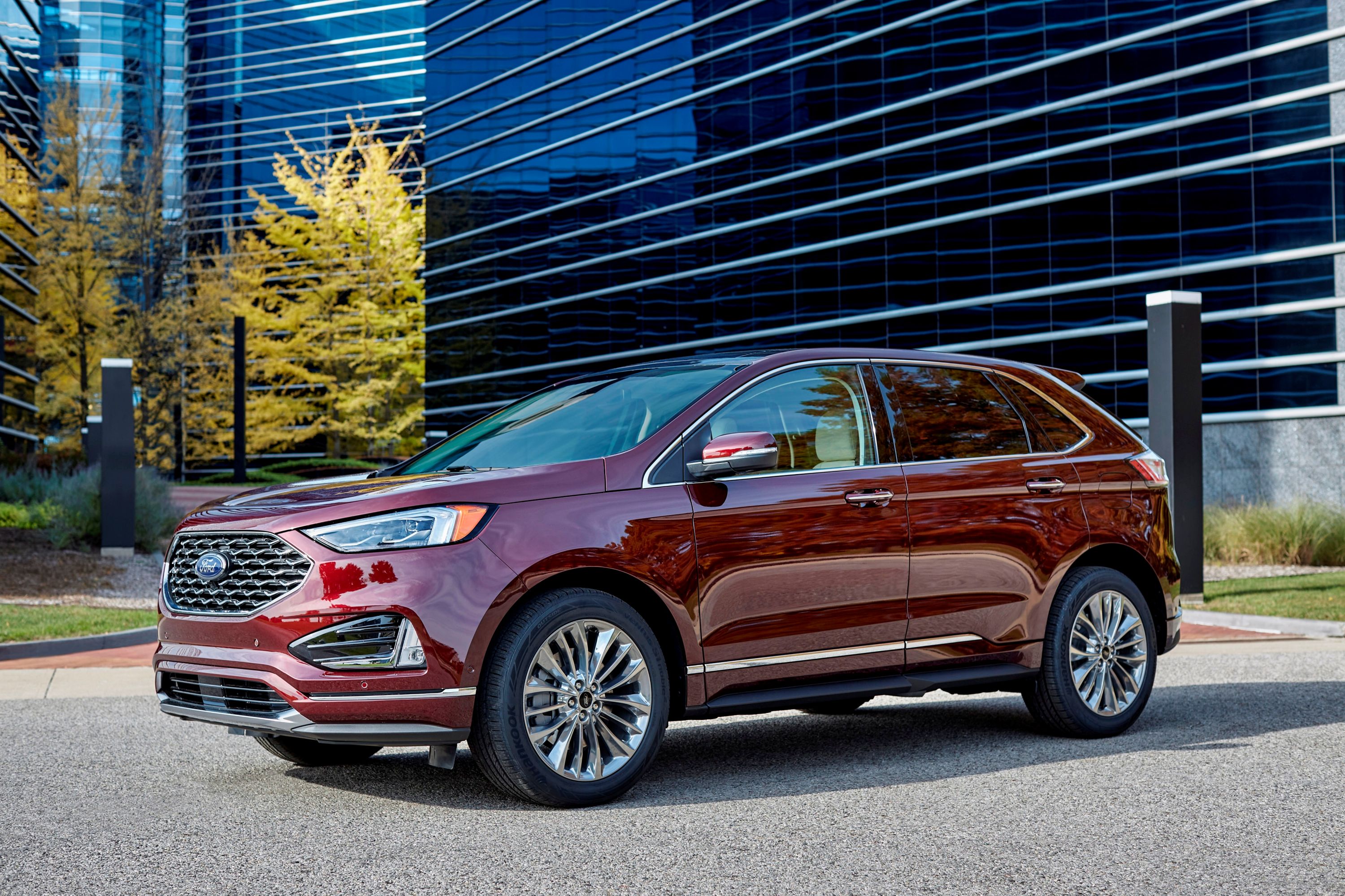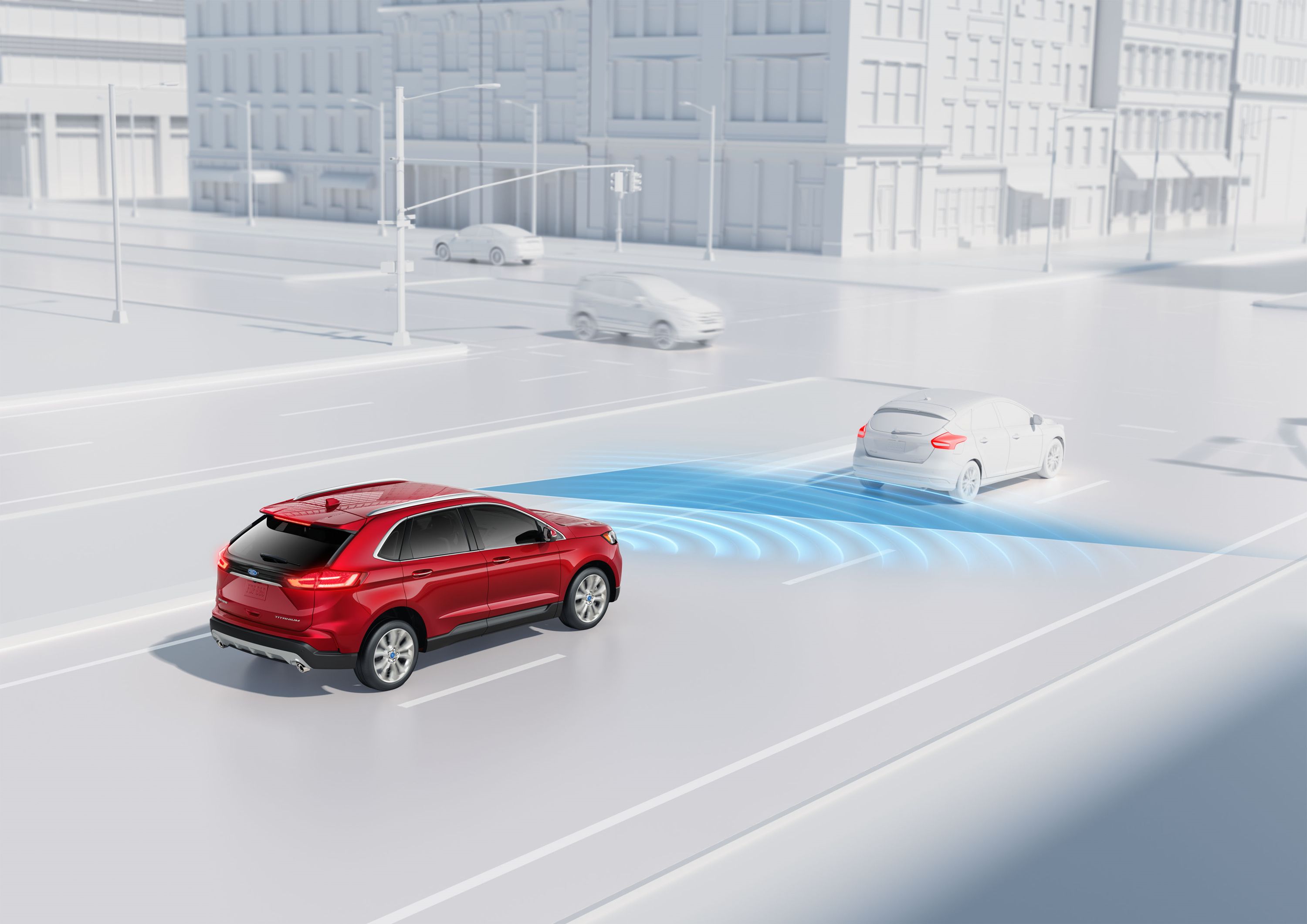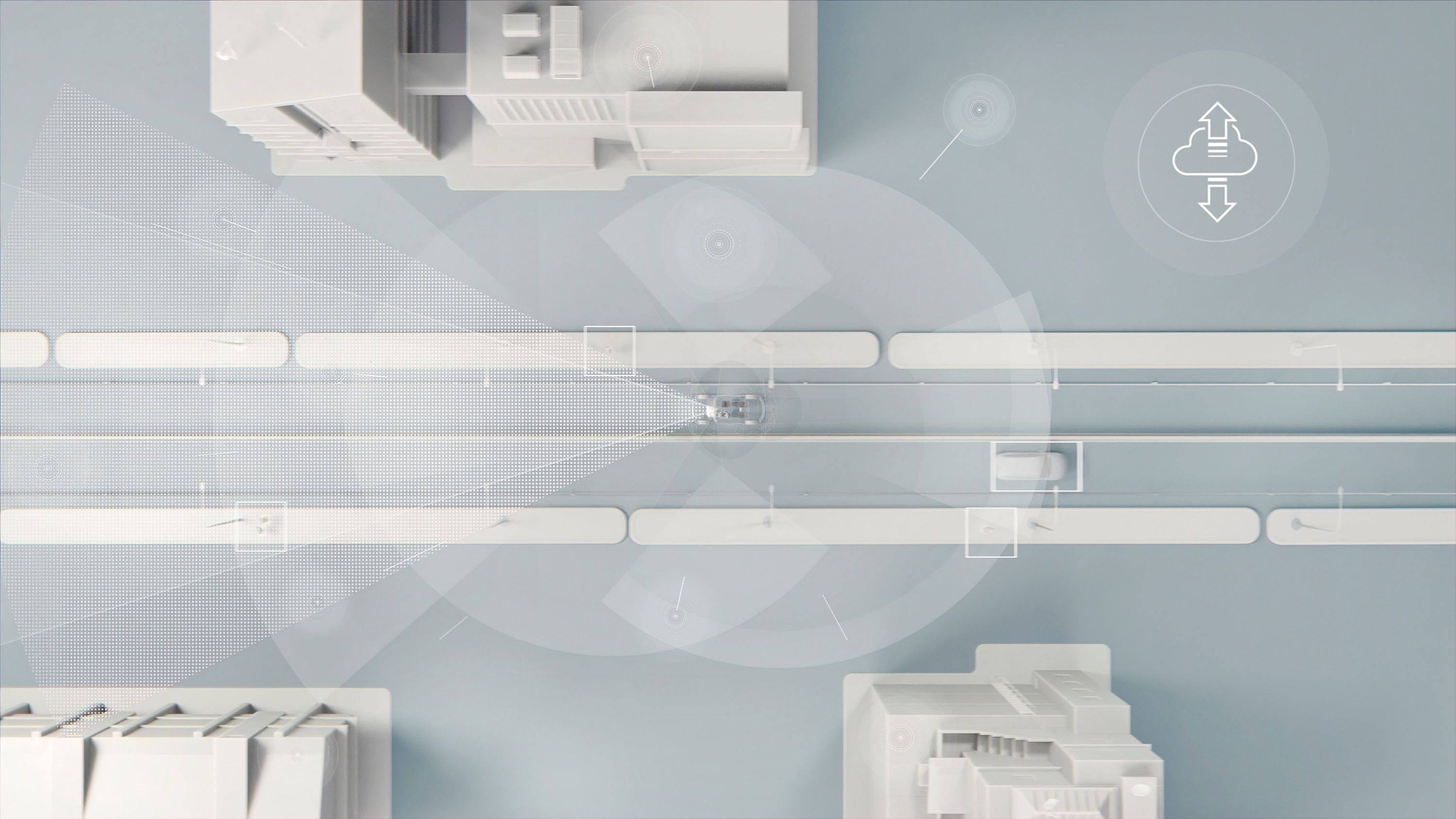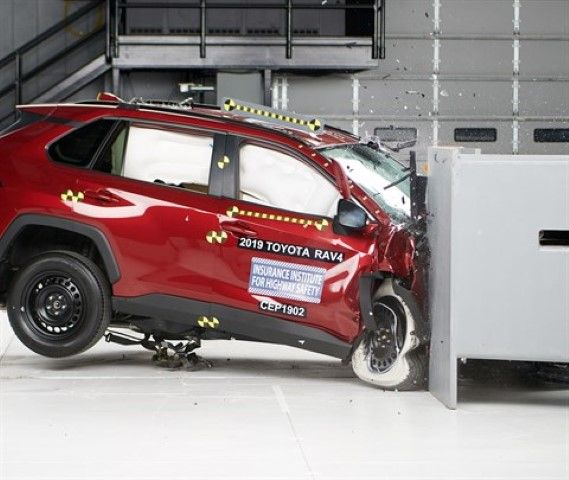
Today's cars are loaded with tech. We know that's the understatement of the century but stick with us. The point of much of that tech is safety. And if safety improves, accidents happen less often. If accidents happen less often our insurance rates should be going down, not up. Well, it's time to rejoice because after a pilot program with Ford and State Farm insurance, some drivers are lowering their payments by up to 20%.
State Farm looked at Ford's vehicle build data, including the Ford Edge pictured here, which not only tells the insurance company what vehicles people are driving, it also tells the company what features the car was optioned with. That means State Farm would know which advanced driver assistance systems the vehicle came with and be able to analyze the data accordingly.
"We're finding solutions for the future by grounding everything in data, research and insights," State Farm Vice President of Operations Craig Isaacs said. "What's unique about this project is we're not just looking at the make and model of a vehicle, but ultimately to the individual safety features on each vehicle."
This better matches price to risk, and as the pilot expands Ford, Lincoln and Mercury products dating back to 2010 could also see changes in rates.
That got us thinking about the multitudes of safety systems and which ones would save us the most money. We talked to State Farm who explained that it was "not able to share specifics on which models and individual safety features since we consider that information proprietary. Based on our findings from the pilot, rate adjustments were made in the first half of 2021 for specific Ford makes and models ranging from 0% to 20%."
Lisa Joyce, from State Farm Public Affairs continued, "our collaboration with Ford helps us better understand which safety features (e.g. automatic braking, adaptive headlights, blind spot detection, lane departure warning, backup cameras) are installed on specific makes and models and allows us to better match price to risk. While these technologies often first appear on premium trim levels, OEMs like Ford offer ADAS features as standard or optional on the majority its vehicle line up today. State Farm offers this benefit to customers with Ford vehicles back to 2010, meaning 2nd and 3rd owners who purchased a used vehicle benefit as well."
Joyce also added that though this was the first program like this, the company is open to working with other OEMs in the future.
We talked to the Insurance Institute for Highway Safety to get a clearer picture on which technologies are doing the most. Director of media relations Joe Young sent us a study from late 2020 showing the reduction in crashes by percentage for each technology.
Forward collision warning lowers front-to-rear crashes by 27%. Large truck front-to-rear crashes go down 44%. Forward collision warning plus autobrake lowers front-to-rear crashes by 50% and claim rates are lower too. Lane departure warning reduces single-vehicle, sideswipe and head-on crashes by 11%. Blind spot detection makes you 14% less likely for a lane-change crash and rear braking with rearview camera and parking sensors reduce rear collisions by an astounding 78%.
The ironic thing about these systems, in addition to curve-illuminating lights, is that they need to be placed in vulnerable positions. Think forward facing cameras and radar, parking sensors and those headlights. They're the first thing to get smashed in an accident.
"Consequently, curve-adaptive headlights elevate repair costs for many collision claims as evidenced by an associated 4.2 and 8.1% increase in collision claim severity for Subaru and BMW, and a 4.7% increase across manufacturers," says a Highway Loss Data Institute report.
"Locating forward-looking sensors that support FCW and front automatic emergency braking in the front bumper may make vehicles with this technology more susceptible to increased repair costs as well. HLDI analyses of FCW found that collision claim severity increased 9.3 percent for Honda Accord vehicles equipped with a radar unit mounted in the front bumper, but severity was reduced by 0.3 percent for Honda Accord vehicles with a camera mounted in a more protected location behind the windshield."
Young explained why we can't just take the study as the whole story, though.
"So, there is some evidence that suggests that while these technologies are helping to prevent crashes, the repair costs may be higher in some cases when they do crash. It's important to note, however, that collision coverage is only piece of the puzzle. These technologies are also preventing injuries in many cases."
And as much as we think about money, the important part is saving lives and preventing injury. And these systems undeniably do that. We'll also note that the more common these features get, the less expensive they'll be to repair in the future.



